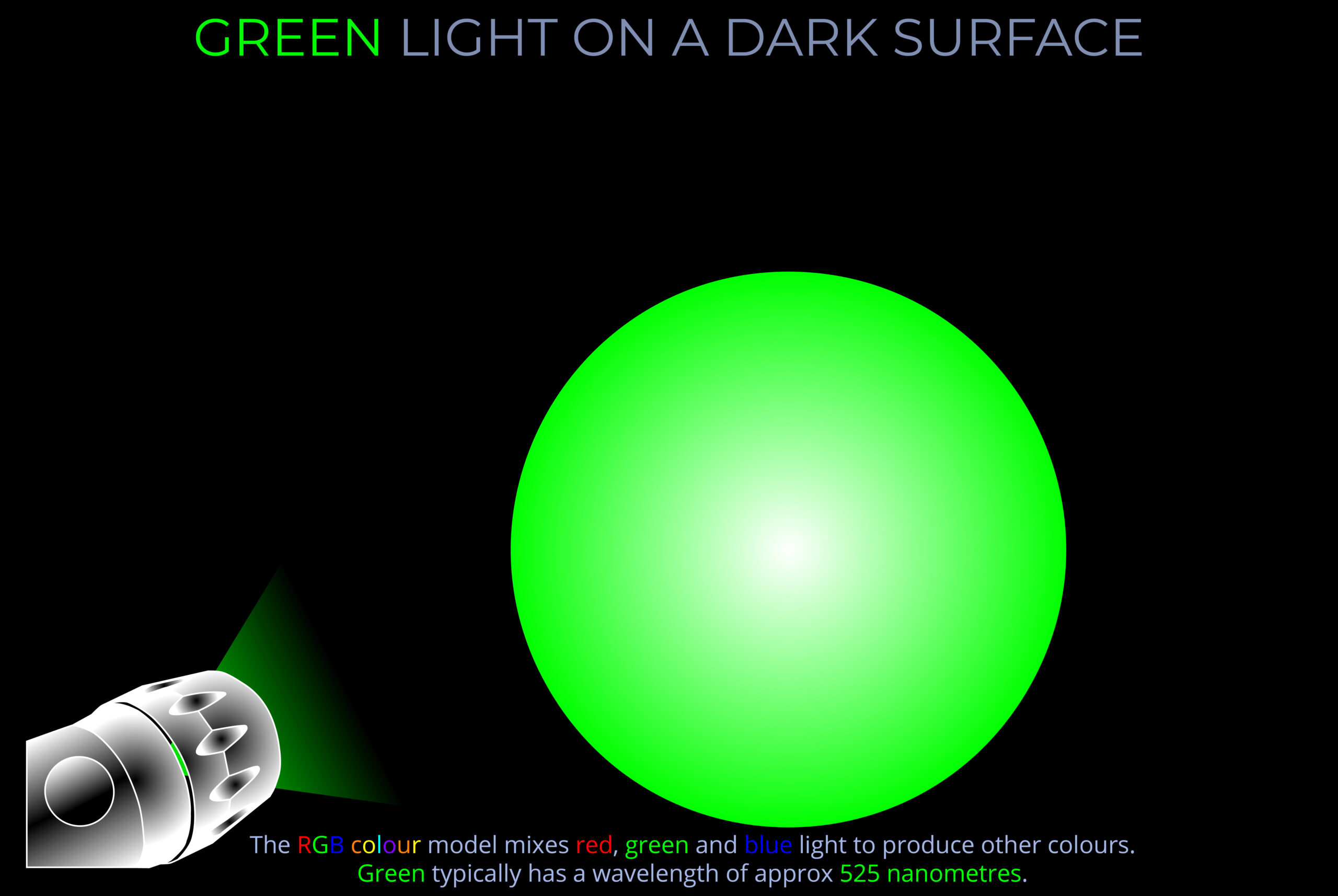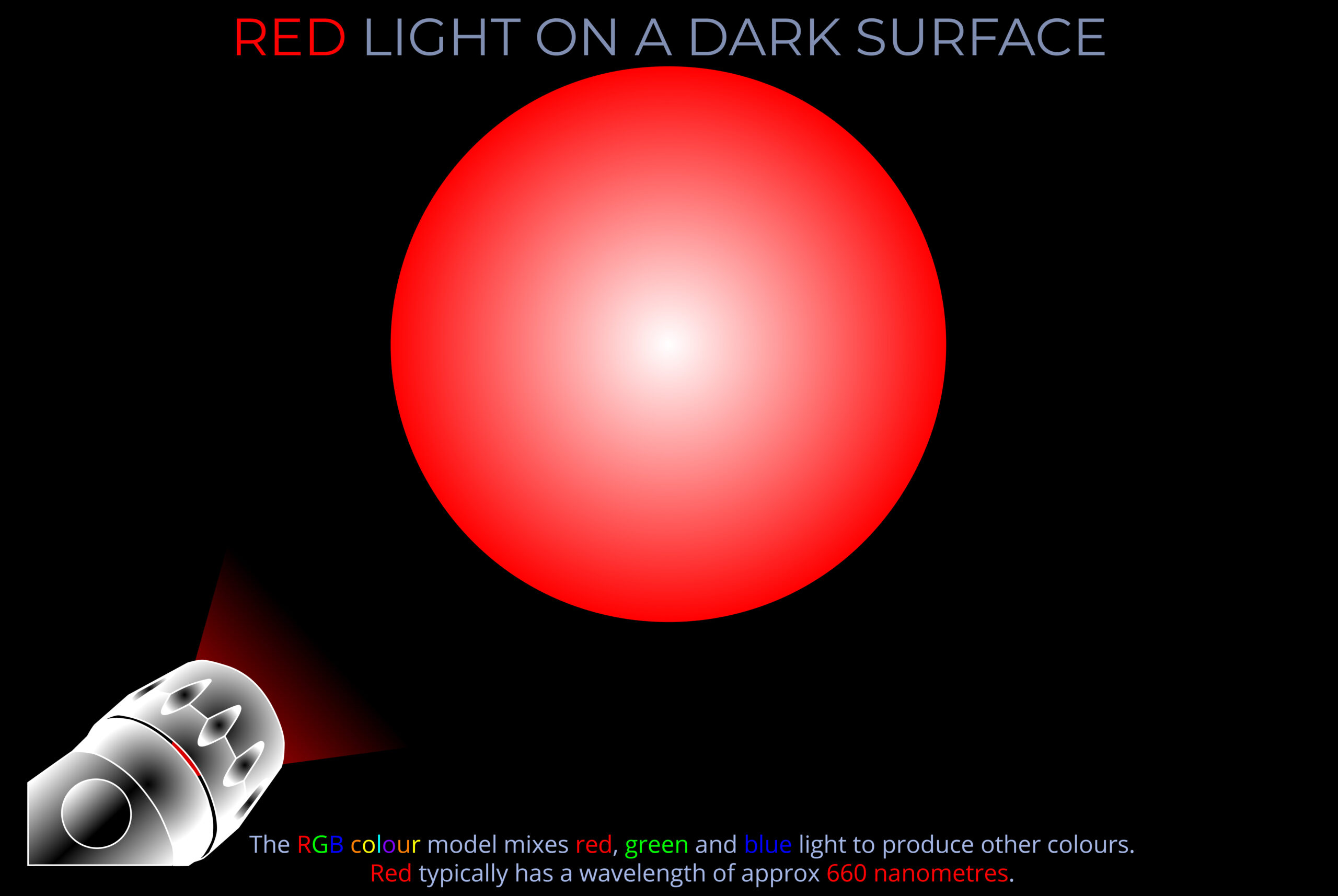HSB Colour Model – Hue & Brightness – Grid
£0.00
This diagram is a new addition to the site! More information will be added ASAP 🙂
Description
HSB Colour Model - Hue & Brightness
TRY SOME QUICK QUESTIONS AND ANSWERS TO GET STARTED
About the diagram
Some key terms
- Colour vision is the human ability to distinguish between objects based on the wavelengths of the light they emit, reflect or transmit. The human eye and brain together translate light into colour.
- Colour is not a property of electromagnetic radiation, but a feature of visual perception.
- The human eye, and so human perception, is tuned to the range of wavelengths of light that make up the visible spectrum and so to the corresponding spectral colours between red and violet.
- Light, however, is rarely of a single wavelength, so an observer will usually be exposed to a spread of different wavelengths of light or a mixture of wavelengths from different areas of the spectrum.
- An observer’s perception of colour is a subjective process as the eyes and brain respond together to stimuli produced when incoming light reacts with light-sensitive cells within the retina at the back of the eye.
- The perception of colour can be influenced by various factors, such as lighting conditions, surrounding colours, and individual differences in colour perception.
The HSB colour model is similar to the RGB colour model insofar as it is an additive model based on RGB primary colours.
- Both RGB and HSB are additive colour models with red, green and blue primary colours. But whilst RGB relies on directly adjusting the amount of red, green and blue light needed to produce other colours the HSB colour model relies on adjusting hue, saturation and brightness.
- Hue refers to the perceived difference between colours and is usually described using names such as red, yellow, green, or blue.
- Hue can be measured as a location on an HSB colour wheel and expressed as a degree between 0 and 360.
- Saturation refers to the vividness of a colour compared to an unsaturated colour.
- Saturation is measured between a fully saturated colour (100%) and an unsaturated colour (0%)that appears either:
- Dull and washed out until all colour disappears, leaving only a monochromatic grey tone (0%).
- Misty or milky the nearer they are to white.
- On many HSB colour wheels, saturation decreases from the edge to the centre.
- Saturation is measured between a fully saturated colour (100%) and an unsaturated colour (0%)that appears either:
- Brightness refers to the perceived difference in the appearance of colours under ideal sunlit conditions compared to poor lighting conditions where a hue’s vitality is lost.
- Brightness can be measured as a percentage from 100% to 0%.
- As the brightness of a fully saturated hue decreases, it appears progressively darker and achromatic.
An additive colour model explains how different coloured lights (such as LEDs or beams of light) are mixed to produce other colours.
- Additive colour refers to the methods used and effects produced by combining or mixing different wavelengths of light.
- The RGB colour model and HSB colour model are examples of additive colour models.
- Additive colour models such as the RGB colour model and HSB colour model can produce vast ranges of colours by combining red, green, and blue lights in varying proportions.
- An additive approach to colour is used to achieve precise control over the appearance of colours on digital screens of TVs, computers, and phones.
HSB colour values (codes) are numeric triplets used in software applications and programming to identify different colours.
- A numeric triplet is a code containing three parameters that refer to the hue, saturation, and brightness of a colour.
- For example:
- The HSB values for pure red are(0, 100%, 100%): Hue: 0°, Saturation: 100%, Brightness: 100%.
- A lighter, pastel version of red might be (0, 50%, 100%): Hue: 0°, Saturation: 50%, Brightness: 100%.
- A very dark, muted red could be: Hue (0, 100%, 20%): 0°, Saturation: 100%, Brightness: 20%.
- The values assigned to the three parameters can be used to define millions of different colours.
- Typically, the HSB colour model is implemented as follows:
- Hue is represented in degrees from 0 to 360, corresponding to locations on the circumference of a colour wheel.
- Saturation is represented as a percentage, where 100% denotes a fully saturated colour, and 0% denotes a fully desaturated colour.
- Brightness is represented as a percentage, where 100% denotes the highest luminance of a colour, and 0% denotes the darkest possible shade of a colour.
A colour model is a system or framework used to understand, organise, and manipulate colour. It ranges from basic concepts, such as the sequence of colours in a rainbow, to more advanced models like RGB, CMYK, and CIE, which are essential for accurate colour reproduction in various fields, including digital media, printing, and manufacturing.
- A colour model, underpinned by colour theory, provides a precise and replicable approach to understanding:
- How the human eye perceives light and interprets colour.
- Different types of colour, including those produced by mixing lights, pigments, or inks.
- How to manage the diverse ways colour is processed by devices such as cameras, digital screens, and printers.
- Colour models enable us to:
- Make sense of colour in relation to human vision and the world around us.
- Use colours in logical, predictable, and replicable ways.
- Understand how to mix specific colours, whether using lights, pigments, inks, or dyes.
- Specify colours using names, codes, notations, or equations.
- Organise and apply colour for different purposes, from fabrics and interiors to vehicles.
- For more information see https://lightcolourvision.org/dictionary/definition/colour-model/



